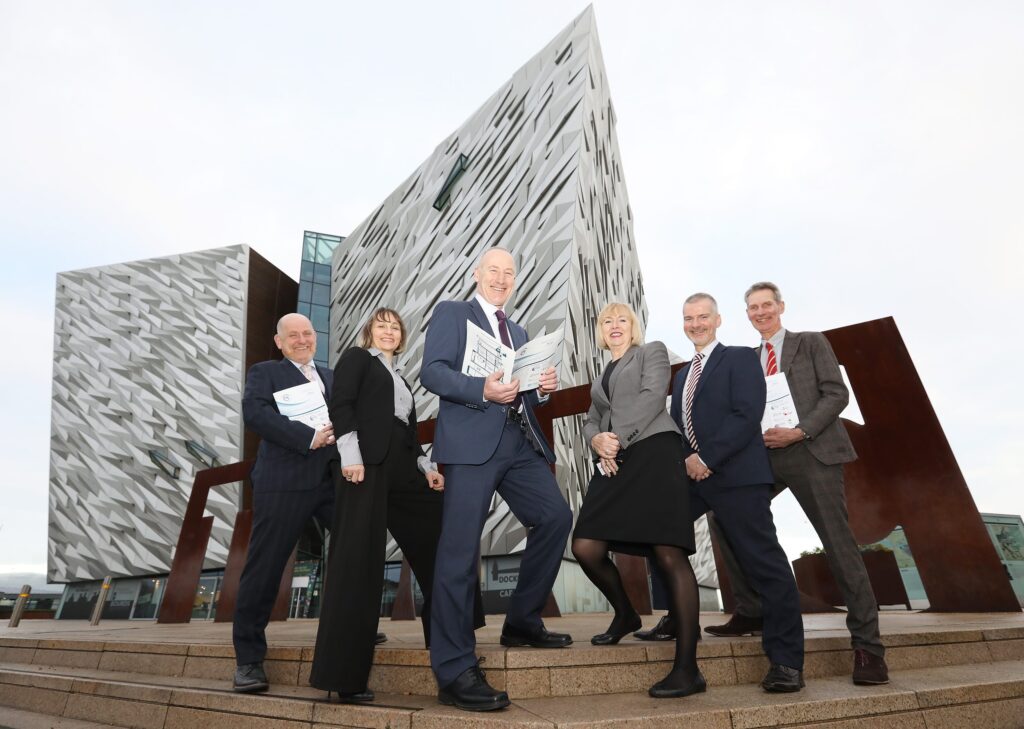OHMG Managing Director Martin Lennon has told delegates at a major conference about how BIMcert was now very much part of the company’s DNA.
He was among an international line-up of keynote speakers at the conference organized by Belfast Metropolitan College to examine and discuss digital skills to reduce the energy footprint in the building environment.
BIM, is a modern digital technology supporting the sustainability targets of the construction sector, and OHMG was the first to use it in Northern Ireland when it built the award-winning Wellcome-Wolfson Institute for Experimental Medicine Centre at Queen’s University, Belfast.
Gordon Sutherland, the Brussels based Head of Sector, EASME, European Commission; Viatko Ivanov, CEO, Civil Engineering Institute, Macedonia; Dr James Harty from the Copenhagen School of Design and Technology as well as Ms Maja-Marija Nahod, Deputy Minister for Construction and Energy Efficiency in Croatia, were also among the guest speakers.
Mr Lennon spoke about how his staff members from all disciplines were first trained in relation BIM after being mystified by an influx of new software and a variety of reports relating to BIM.
The company then instigated a training programme for staff members from across all disciplines to take part in BIMcert Level 3 and Level 4 courses, and the subsequent completion of five projects effectively demystified BIM, and at the same time heighten job efficiency and effectiveness.
He said BIM was now very much part of the OHMG DNA.
Mr Lennon said: “Our QS’s and procurement teams can now use BIM to check quantities and produce schedules in real-time, allowing them to manage change and implement cost control more efficiently.
“Our staff are now familiar with BIM and fully understand the function of our bespoke CDE, and how it can be used effectively to deliver projects through collaboration.
“We are currently using BIM to field technologies on-site with handheld devices such as smartphones for checking dimensions, specifications, data sheets, and quality control. It is the technology that has proven beneficial to us as well as to client, design and supply chain.
“It has improved collaborative working and build quality. BIM has greatly enhanced the way we deliver our projects, allowing for the seamless flow of data between the project delivery team and stakeholders.”

